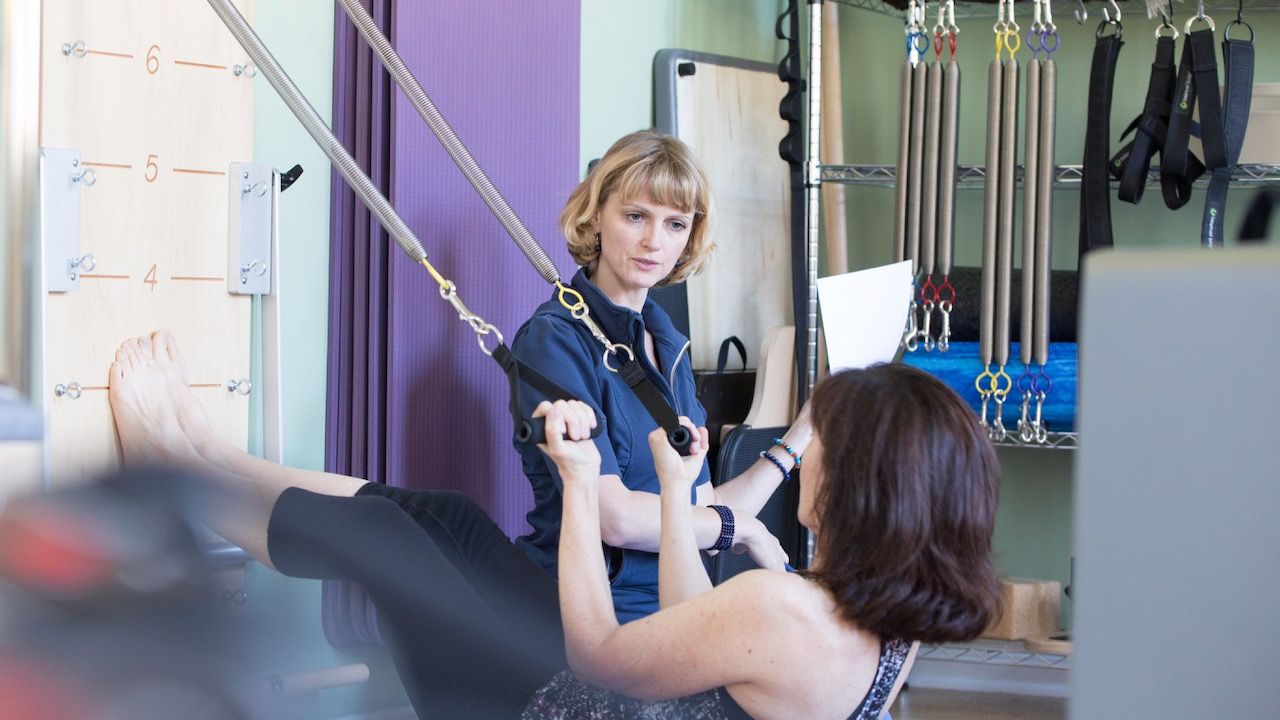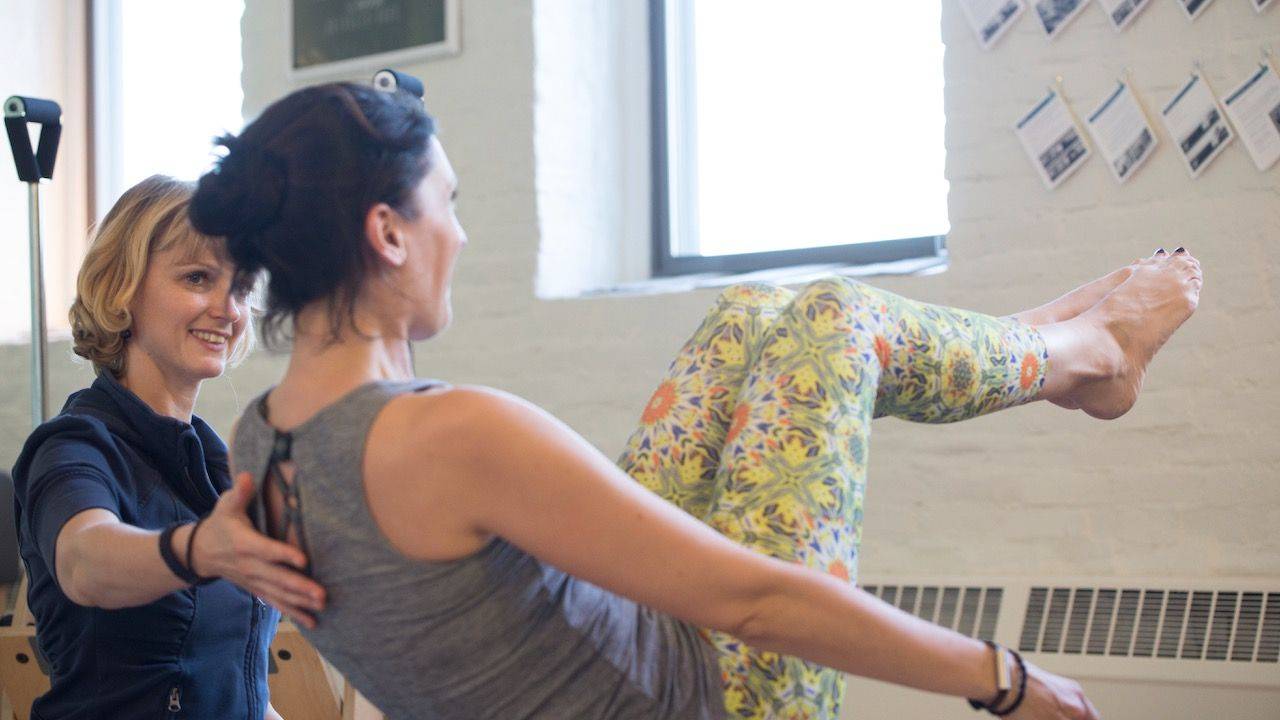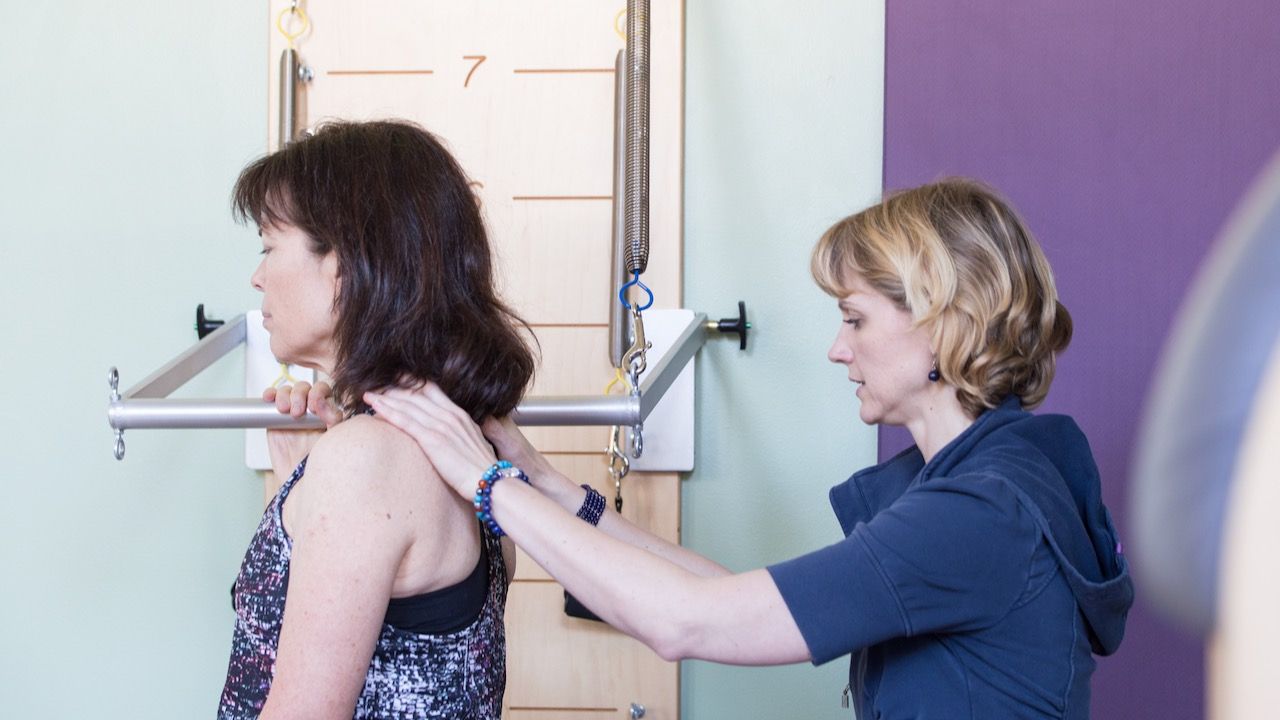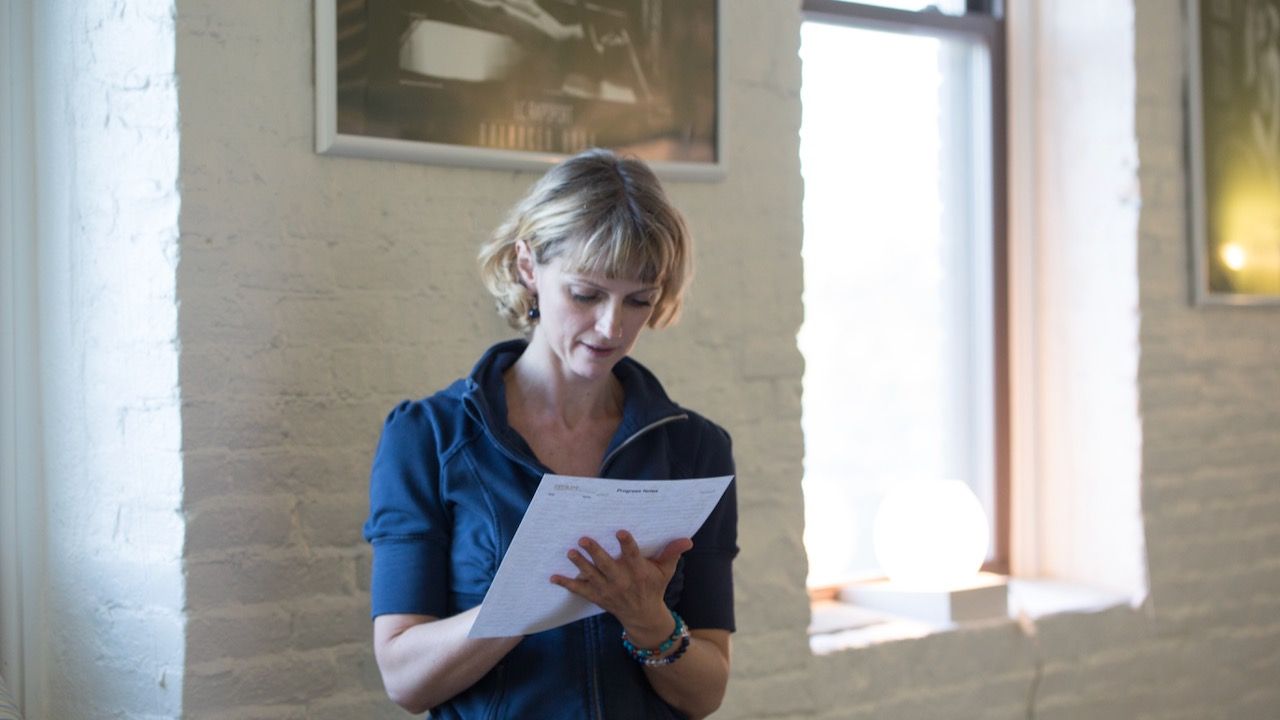
Springboard Pilates in Portland, Maine | Studio Spotlight
Apr 27, 2024I find it very interesting to visit different studios and experience firsthand the wide variety of styles in the Pilates realm.
I recently took an Intermediate Reformer class at Springboard Pilates in Portland, Maine, and here is my experience.
The Space and Vibe
The studio space is lovely. The walls of the lofty high-ceiling space are painted in a warm orange and the ceiling looks amazing. (Those are the things you notice when lying on your back for a while.) The instructor, the other ladies in the class, as well as the teacher, were very welcoming and nice.
The studio is outfitted with six wooden Balanced Body Reformers. It seems that this is a former contemporary studio making the switch to classical. Some Reformers had leather straps, others ropes. Each Reformer was set up with 4 green and one blue spring. My initial reaction to that was, “Well, that should be interesting.” (And there I was surprised about the two green springs at Club Pilates! Ha!)
I purchased and scheduled the class online ahead of time which worked well and didn't even need to fill out any more paperwork once I got to the studio.
The Style
The class felt classical to me. At least the Intermediate Reformer class I took. Although, exercises like Side-Lying Feet in Straps supported on the forearm are more contemporary. So it's a bit of a blend, I guess.
The Teacher
My teacher was lovely. I liked her clear voice. The studio has great acoustics and I was able to hear her clearly throughout the whole class. There was no music playing, which I enjoy, so I can focus on my movement and breath.
She was very knowledgeable and educated. She explained a lot and had a nice sense of humor (”One V at a T.”)
She asked me if she should know about any injuries and I told her about my general hypermobility.
My Experience
We started with a Seated C-curve with the Triadball behind the sacrum on a blue spring with the feet on the (low) footbar.
Then we moved the ball slightly higher and did a few Back Bends over the ball and Chest Lifts back up. It was definitely an abdominal workout, but with the ball in the wrong position, this can easily turn into strain, mostly in the neck. The hypermobility of my lumbar spine goes hand in hand with hypomobility in the thoracic spine, which makes Chest Lift repeated for a long time a recipe for a stiff neck. More is not always better.
Then, on to Footwork on four green springs. Burn! 🔥 And this was a good burn.
This was followed by the Hundred on four green springs. Oi vey. Actually, it wasn't quite as bad as I had feared, just went on too long. I know everyone laughs when 100 turns into 150 and the pace gets slower and slower, but for someone who struggles with thoracic flexion (and I know that I'm not the only one), this turns from a nice burn to a nasty compensatory pattern in the neck. Proven, sadly, by the stiff neck I had when I woke up the next morning.
We moved on to Supine Arm Series (also in the Chest Lift position) on two green springs and Coordination. So... much... supine.
Sadly, I didn't receive any suggestions for modifications or regressions. Also, there was no layering in this class, so I basically took breaks when I couldn't stand it anymore and did some of the arm movements with my head down.
Then Coccyx Curl and Bridging. What a nice relief to work the backside of the body for a change.
I don't remember the exact order after that, but at one point we did Rowing Back. Classical style Pilates often includes an arm position where the elbows are wide and pointing upwards with the hands together in front of the chest. So, your arms are abducted and bent. I honestly don’t understand the purpose of this high elbow position. I find I have very limited ROM, meaning I have a hard time lifting my elbows high.
Then there was Kneeling Chest Expansion on a green spring. I could barely move my arms/the carriage and wasn't offered to switch to a lighter spring. Since I don't know where the teacher is going, I try not to change springs too soon assuming anything, because I might need the heavy spring for something she had planned. In this case, I could have and should have switched to the blue spring earlier. My shoulders were really achy. Hypermobile shoulders do not like green springs. And then there is the dilemma of the missing in between. I probably could have done a red spring. (I usually use a red spring for this exercise, the blue was maybe a bit light.) Alas, no red spring!
This was followed by Side-Lying Foot in Straps supported on the forearm. I had no chance to keep my spine stable. To be honest, this is one of my least favorite exercises and on a classical Reformer without risers, the leather strap is basically always in the way of the movement, usually getting hung up on the shoulder rest. With the torso elevated (spine on a diagonal), I would need to lower my leg in order to maintain a neutral spine in the starting position, but the strap coming from within the frame of the Reformer doesn't allow for that because it hits the carriage. Argh. I basically kept pushing straight into the strap and lengthened my leg out of the hip as best as I could and it was so much work, but I definitely couldn't do the exercise as intended. I didn't look around, but I'm assuming I wasn't the only one.
At some point in class, there was a Plank - a static Long Stretch - which felt great.
The missing piece was prone exercises. It would have been great to shorten the supine section a bit and throw in a few reps of Pulling Straps. Strengthening the back body is so important.
We did one spine rotation exercise as part of Rowing Back.
The Takeaway
The biggest question that came up for me as a result of this experience is "What responsibility do we Pilates teachers have to our students?"
If I didn’t know my body so well, I would not know how to make adjustments for myself and if the teacher doesn’t help me, I could - over the course of a few weeks or months - create a neck problem for myself that’s worse than just a stiff neck.
In regards to the springs, classical seems to think more is better. But isn’t “less is more” the Pilates manifesto?
I really try to understand the classical approach, but each time I take a classical class, I end up with an ache or pain somewhere. I hope I will at one time have an experience where this is not true. I know that there is also great variety within the classical realm.
From a big-picture perspective, I feel like there is a lot more whole-body commitment going on in classical Pilates, while in contemporary there is sometimes an overindulgence of tiny, minute, subtle action focus, and not enough of a workout. Ah, if only we could learn from each other and meet somewhere in the middle.
Cheers!
~ Mara
Get support with your day-to-day teaching challenges
Ready to Teach Pilates with Clarity and Confidence?
Sign up to receive my weekly email newsletter. It's jam-packed with Pilates articles, videos, exercise tutorials and teaching tips.
Only super valuable stuff here. No spam ever. Unsubscribe any time.












